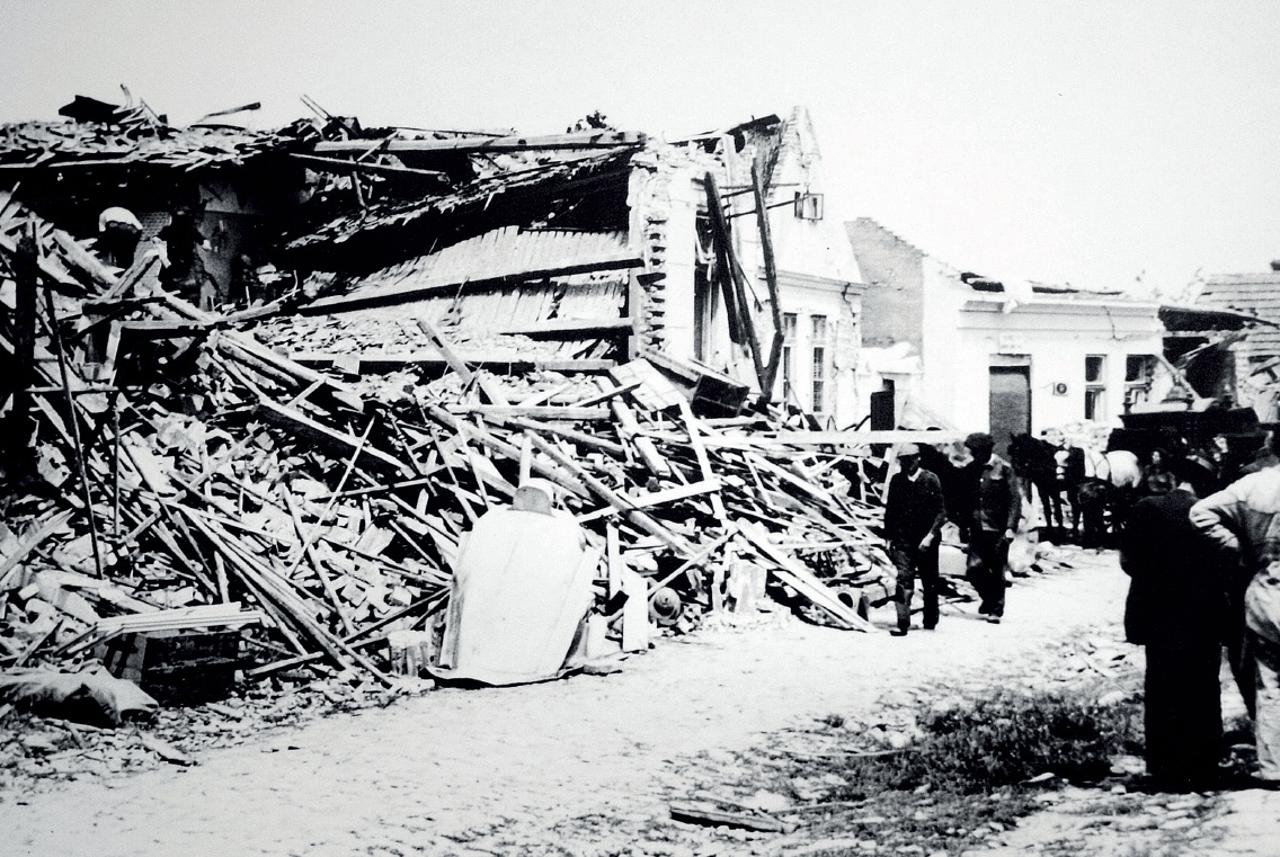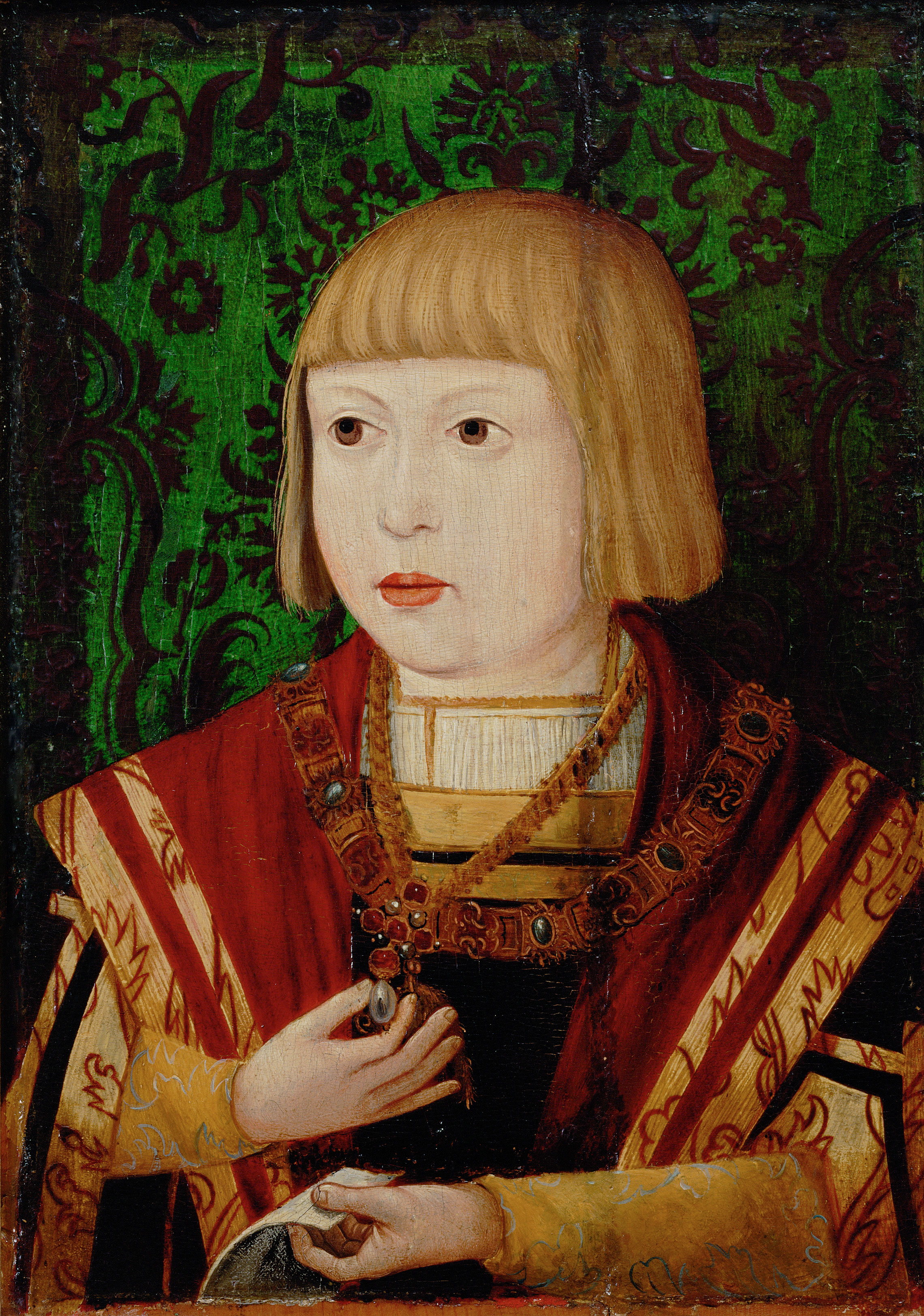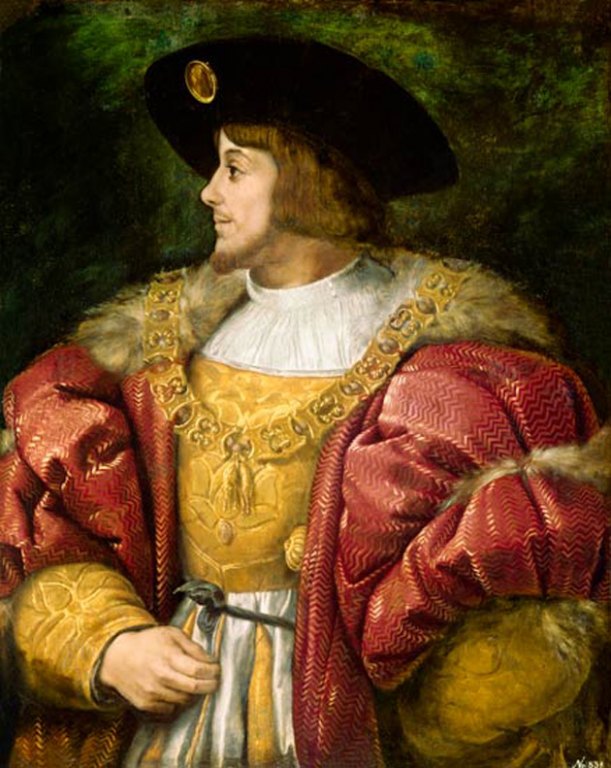|
Bakić Noble Family
The Bakić family ( sr-cyr, Бакић, ; ) was a Serbian noble family that initially held estates in Šumadija (south of the Danube) under Ottoman occupation, then crossed the river and gave its service to the Kingdom of Hungary, becoming one of the leading Serbian noble family in the country, fighting the Ottoman Empire. History Pavle Bakić had a ''timar'', as did his father, and held great estates around Venčac in Šumadija called "Bakić's land". He was highly viewed of by the Ottoman Empire, and had the rights to collect taxes ( harač) from his people. In talks with Pál Tomori and Louis II of Hungary, he left his land with his family, five brothers (including Petar Bakić), and a great number of Serbs, into Hungary, and in return he received the town of Lak among other estates. With his forces he participated in the Battle of Mohács in 1526. When the succession war between Ferdinand I and John Zápolya started, he took the side of Zápolya. After the defeat of Z� ... [...More Info...] [...Related Items...] OR: [Wikipedia] [Google] [Baidu] |
Venčac
Venčac (Serbian Cyrillic: Венчац) is a mountain in central Serbia, near the town of Aranđelovac. Its highest peak has an elevation of 659 meters above sea level. It is well known by its mine of white marble. See also *Bukulja Bukulja (Serbian Cyrillic: Букуља, ) is a mountains of Serbia, mountain near Aranđelovac in central Serbia. This mountain is an extinct volcano, which has been proved by presence of granite rocks, which contains specific mineral compositi ... References External links Vencac marble mine Mountains of Serbia {{Serbia-geo-stub ... [...More Info...] [...Related Items...] OR: [Wikipedia] [Google] [Baidu] |
Timar
A timar was a land grant by the sultans of the Ottoman Empire between the fourteenth and sixteenth centuries, with an annual tax revenue of less than 20,000 akçes. The revenues produced from the land acted as compensation for military service. A holder of a timar was known as a timariot. If the revenues produced from the timar were from 20,000 to 100,000 ''akçes'', the land grant was called a '' zeamet'', and if they were above 100,000 ''akçes'', the grant would be called a '' hass''.Hütteroth and Abdulfattah, 1977, p. 99 Timar system In the Ottoman Empire, the timar system was one in which the projected revenue of a conquered territory was distributed in the form of temporary land grants among the Sipahis (cavalrymen) and other members of the military class including Janissaries and other servants of the sultan. These prebends were given as compensation for annual military service, for which they received no pay. In rare circumstances women could become timar holders. Howe ... [...More Info...] [...Related Items...] OR: [Wikipedia] [Google] [Baidu] |
Osijek
Osijek () is the fourth-largest city in Croatia, with a population of 96,848 in 2021. It is the largest city and the economic and cultural centre of the eastern Croatian region of Slavonia, as well as the administrative centre of Osijek-Baranja County. Osijek is on the right bank of the Drava River, upstream of its confluence with the Danube, at an elevation of . Name The name was given to the city due to its position on elevated ground, which prevented the city being flooded by the local swamp waters. Its name ''Osijek'' derives from the Croatian word ''oseka'' ' ebb tide'. Due to its history within the Habsburg monarchy and briefly in the Ottoman Empire, as well as the presence of German, Hungarian, and Serbian minorities throughout its history, Osijek has (or had) its names in other languages: Hungarian: ''Eszék'', German: , or , , and English: ''Esgek''. Its Roman name was ''Aelia Mursa'', ''Mursa'', and later ''Mursa Major'', which may be a form of the pre-existing na ... [...More Info...] [...Related Items...] OR: [Wikipedia] [Google] [Baidu] |
Slavonia
Slavonia (; ) is, with Dalmatia, Croatia proper, and Istria County, Istria, one of the four Regions of Croatia, historical regions of Croatia. Located in the Pannonian Plain and taking up the east of the country, it roughly corresponds with five Counties of Croatia, Croatian counties: Brod-Posavina County, Brod-Posavina, Osijek-Baranja County, Osijek-Baranja, Požega-Slavonia County, Požega-Slavonia, Virovitica-Podravina County, Virovitica-Podravina, and Vukovar-Syrmia County, Vukovar-Syrmia, although the territory of the counties includes Baranya (region), Baranya, and the definition of the western extent of Slavonia as a region varies. The counties cover or 22.2% of Croatia, inhabited by 806,192—18.8% of Croatia's population. The largest city in the region is Osijek, followed by Slavonski Brod and Vinkovci. Slavonia is located in the Pannonian Basin, largely bordered by the Danube, Drava, and Sava rivers. In the west, the region consists of the Sava and Drava valleys and ... [...More Info...] [...Related Items...] OR: [Wikipedia] [Google] [Baidu] |
György Cseszneky
György () is a Hungarian version of the name ''George''. Some notable people with this given name: * György Alexits (1899–1978), Hungarian mathematician * György Almásy (1867–1933), Hungarian asiologist, traveler, zoologist and ethnographer, father of László Almásy László Adolf Ede György Mária Almásy de Zsadány et Törökszentmiklós (; ; 22 August/3 November 1895 – 22 March 1951) was a Hungarian Aristocracy (class), aristocrat, motorist, desert exploration, desert explorer, aviator, Scouting, ... * György Apponyi (1808–1899), Hungarian politician * Gordon Bajnai, György Gordon Bajnai (born 1968), Prime Minister of Hungary (2009-10) * György Bálint (originally surname Braun; 1919–2020), Hungarian horticulturist, Candidate of Sciences, Candidate of Agricultural Sciences, journalist, author, and politician who served as an National Assembly (Hungary), MP. * György Bárdy (1921–2013), Hungarian film and television actor * Georg von Békésy, G ... [...More Info...] [...Related Items...] OR: [Wikipedia] [Google] [Baidu] |
Vienna
Vienna ( ; ; ) is the capital city, capital, List of largest cities in Austria, most populous city, and one of Federal states of Austria, nine federal states of Austria. It is Austria's primate city, with just over two million inhabitants. Its larger metropolitan area has a population of nearly 2.9 million, representing nearly one-third of the country's population. Vienna is the Culture of Austria, cultural, Economy of Austria, economic, and Politics of Austria, political center of the country, the List of cities in the European Union by population within city limits, fifth-largest city by population in the European Union, and the most-populous of the List of cities and towns on the river Danube, cities on the river Danube. The city lies on the eastern edge of the Vienna Woods (''Wienerwald''), the northeasternmost foothills of the Alps, that separate Vienna from the more western parts of Austria, at the transition to the Pannonian Basin. It sits on the Danube, and is ... [...More Info...] [...Related Items...] OR: [Wikipedia] [Google] [Baidu] |
Battle Of Tokaj
A battle is an occurrence of combat in warfare between opposing military units of any number or size. A war usually consists of multiple battles. In general, a battle is a military engagement that is well defined in duration, area, and force commitment. An engagement with only limited commitment between the forces and without decisive results is sometimes called a skirmish. The word "battle" can also be used infrequently to refer to an entire operational campaign, although this usage greatly diverges from its conventional or customary meaning. Generally, the word "battle" is used for such campaigns if referring to a protracted combat encounter in which either one or both of the combatants had the same methods, resources, and strategic objectives throughout the encounter. Some prominent examples of this would be the Battle of the Atlantic, Battle of Britain, and the Battle of France, all in World War II. Wars and military campaigns are guided by military strategy, whereas batt ... [...More Info...] [...Related Items...] OR: [Wikipedia] [Google] [Baidu] |
John Zápolya
John Zápolya or Szapolyai (; ; ; ; 1487 – 22 July 1540), was King of Hungary (as John I) from 1526 to 1540. His rule was disputed by Archduke Ferdinand I, Holy Roman Emperor, Ferdinand I, who also claimed the title King of Hungary. He was Voivode of Transylvania before his coronation, from 1510 to 1526. John came from a prominent Croatian-Slavonian noble family. His father became one of Hungary's wealthiest lords and served as Palatine of Hungary. During the Peasants' Revolt of 1514 led by György Dózsa, John gained influence through his military campaigns and by crushing the revolt, which bolstered his authority and earned him the title of "liberator of the realm." However, his power declined after his sister Barbara Zápolya, Barbara's death in 1515. And in 1528, he fled to Kingdom of Poland (1385-1569), Poland, later aligning with the Ottoman Empire, Ottomans, leading Hungary to become an Ottoman Hungary, Ottoman vassal state. Rise of the Szápolya family John was ... [...More Info...] [...Related Items...] OR: [Wikipedia] [Google] [Baidu] |
Ferdinand I, Holy Roman Emperor
Ferdinand I (10 March 1503 – 25 July 1564) was Holy Roman Emperor from 1556, King of Bohemia, King of Hungary, Hungary, and List of rulers of Croatia, Croatia from 1526, and Archduke of Austria from 1521 until his death in 1564.Milan Kruhek: Cetin, grad izbornog sabora Kraljevine Hrvatske 1527, Karlovačka Županija, 1997, Karslovac Before his accession as emperor, he ruled the Erblande, Austrian hereditary lands of the House of Habsburg in the name of his elder brother, Charles V, Holy Roman Emperor. Also, he often served as Charles' representative in the Holy Roman Empire and developed encouraging relationships with German princes. In addition, Ferdinand also developed valuable relationships with the German banking house of Jakob Fugger and the Catalan bank, Banca Palenzuela Levi Kahana. The key events during his reign were the conflict with the Ottoman Empire, which in the 1520s began a great advance into Central Europe, and the Protestant Reformation, which resulted in s ... [...More Info...] [...Related Items...] OR: [Wikipedia] [Google] [Baidu] |
Battle Of Mohács
The Battle of Mohács (; , ) took place on 29 August 1526 near Mohács, in the Kingdom of Hungary. It was fought between the forces of Hungary, led by King Louis II of Hungary, Louis II, and the invading Ottoman Empire, commanded by Suleiman the Magnificent and his grand vizier, Pargalı Ibrahim Pasha. The Ottomans achieved a decisive victory through superior planning, firepower, and a well-executed encirclement that overwhelmed the Hungarian forces. The Hungarian army, encouraged by the nobility to engage prematurely, launched a frontal assault that collapsed under coordinated Ottoman counterattacks. King Louis and much of the Hungarian aristocracy were killed, resulting in the destruction of the royal army and the end of the Jagiellonian dynasty in Hungary and Bohemia. The aftermath saw the partition of Hungary between the Ottoman Empire, the Habsburg monarchy, and the Eastern Hungarian Kingdom. The battle marked the beginning of sustained Ottoman–Habsburg wars and the ... [...More Info...] [...Related Items...] OR: [Wikipedia] [Google] [Baidu] |
Hungary
Hungary is a landlocked country in Central Europe. Spanning much of the Pannonian Basin, Carpathian Basin, it is bordered by Slovakia to the north, Ukraine to the northeast, Romania to the east and southeast, Serbia to the south, Croatia and Slovenia to the southwest, and Austria to the west. Hungary lies within the drainage basin of the Danube, Danube River and is dominated by great lowland plains. It has a population of 9.6 million, consisting mostly of ethnic Hungarians, Hungarians (Magyars) and a significant Romani people in Hungary, Romani minority. Hungarian language, Hungarian is the Languages of Hungary, official language, and among Languages of Europe, the few in Europe outside the Indo-European languages, Indo-European family. Budapest is the country's capital and List of cities and towns of Hungary, largest city, and the dominant cultural and economic centre. Prior to the foundation of the Hungarian state, various peoples settled in the territory of present-day Hun ... [...More Info...] [...Related Items...] OR: [Wikipedia] [Google] [Baidu] |
Petar Bakić
Petar (, sr-Cyrl, Петар) is a South Slavic masculine given name, their variant of the Biblical name Petros cognate to Peter. Derivative forms include Pero, Pejo, Pera, Perica, Petrica, Periša. Feminine equivalent is Petra. People mononymously known as Petar include: * * * Petar of Serbia ( – 917), early Prince of the Serbs * Petar of Duklja (), early archont in Dioclea * Petar Krešimir (died 1074/1075), King of Croatia and Dalmatia * Petar Delyan (r. 1040-1041), Bulgarian rebel, declared Emperor of Bulgaria Notable people with the name are numerous: * See also * Sveti Petar (other) * Petrov (other) * Petrić * Petričević Petričević ( sr-Cyrl, Петричевић) is a Serbo-Croatian surname, a patronymic A patronymic, or patronym, is a component of a personal name based on the given name of one's father, grandfather (more specifically an avonymic), or an ea ... References {{reflist Bulgarian masculine given names Croatian mascu ... [...More Info...] [...Related Items...] OR: [Wikipedia] [Google] [Baidu] |







